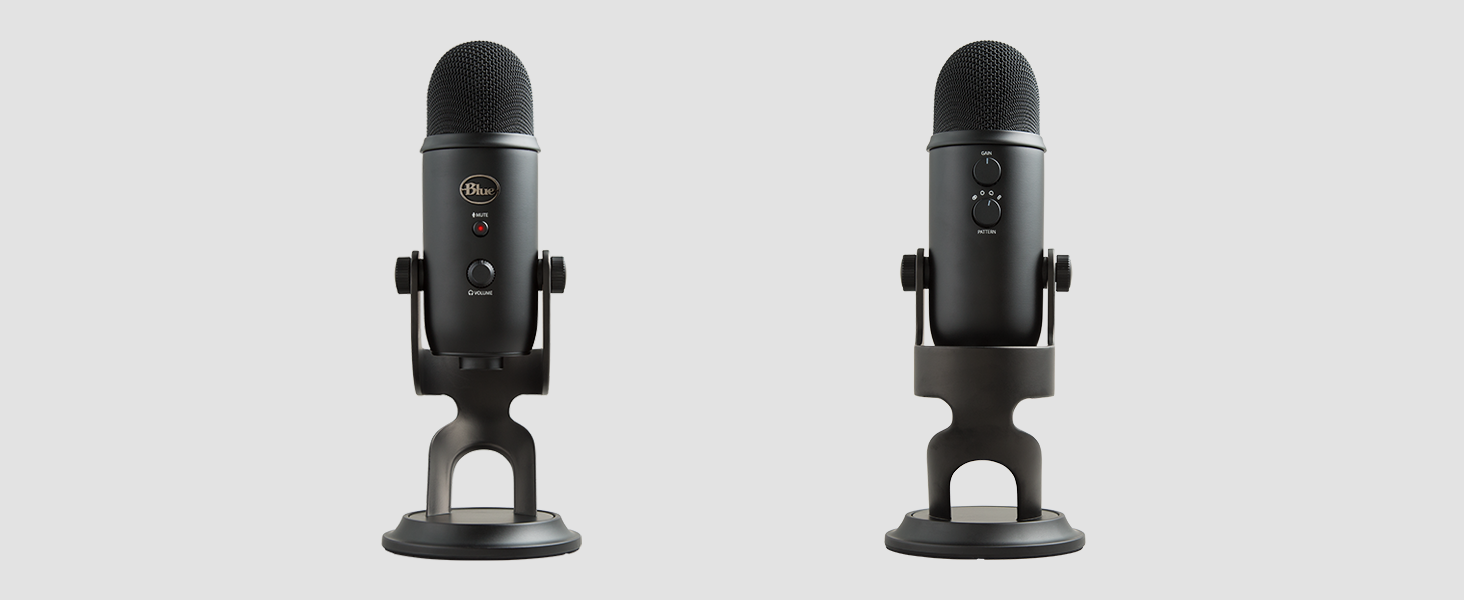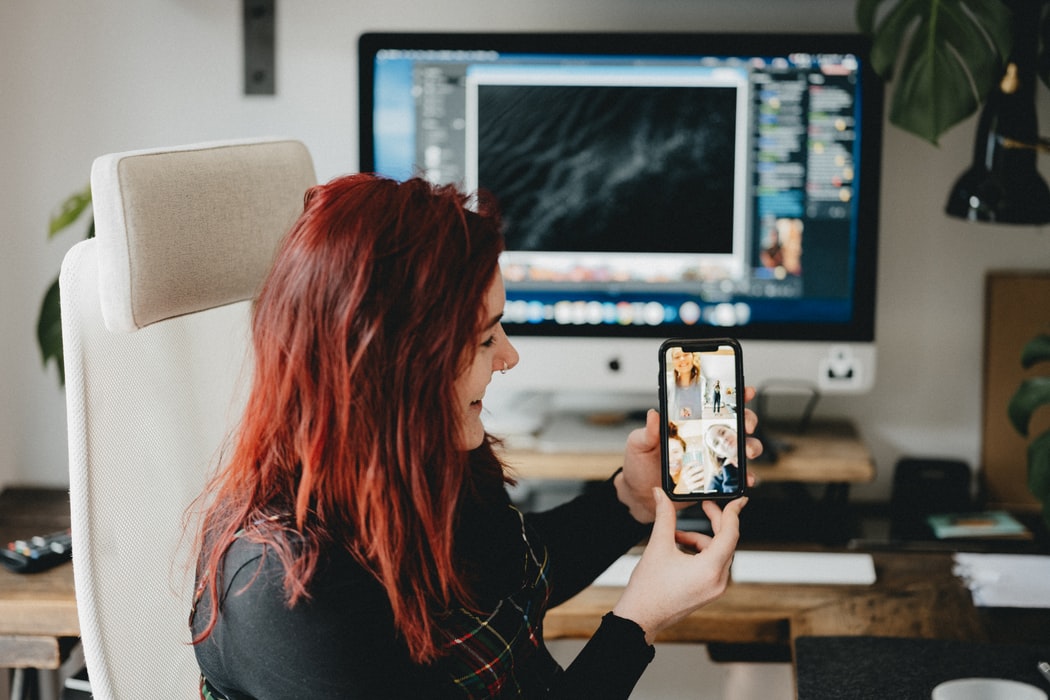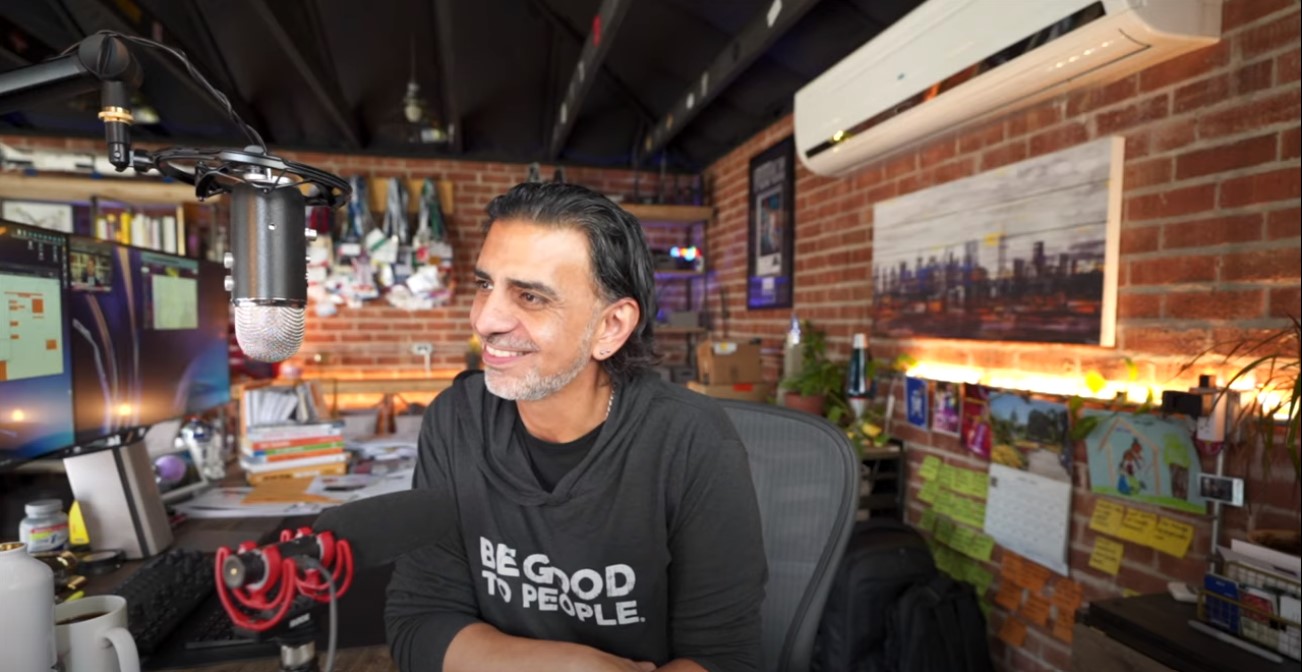Earlier this year, I welcomed Jaime Casap, (then) Chief Education Evangelist from Google, to our webcast series titled Finding Happiness Through Challenges. From the beginning of the webinar prep process, I quickly realized that Jaime’s recording studio set up in his home office was clearly well designed and thoughtful. Turns out, Jaime’s got over a decade of working remotely, so he is well-positioned as a thought leader on virtual meeting best practices during this recent surge in virtual events and online meetings.
Jaime practices what he preaches with virtual event technology. In his recent YouTube video, How to CRUSH Video Conferencing!, you’ll quickly see why I’ve admired his virtual meeting technology know-how, but you’ll also see why he’s a speaker favorite here at AAE Speakers.
Jaime’s top three best practice areas to focus on for your next virtual meeting are as follows.
Where and how you set up your video meeting location matters.
The biggest tip Jaime shares in his video is to plug your computer directly into your router. Many issues with technology interruptions, weak signals, and video freezing will be solved just with that one simple step.
Jaime shares this great quote that really resonated with me. When it comes to what makes a virtual event, meeting, call or conference successful, remember this:
“The content stays the same – it’s the quality of the interaction that matters.”
In the video, Jaime compares this statement to the experience of watching Star Wars in a movie theatre versus on your phone. The movie is the same, but the quality of the interaction with that movie is different, and the latter defines the experience.
Let’s dig into the art and science of receiving and sending communication, virtually.
The Power of Good Audio

The most important aspect in the success of a virtual presentation is not the video, it’s the audio. Here’s why.
“People will listen to bad videos, but they will not watch bad audio.”
(Yes, really. Go back and read this line a few times.)
Audio can make or break a presentation, not the video. The quality of tools you use to listen to and speak to the topic makes a bigger difference than the visual you present.
In Jaime’s characteristically-dry sense of humor, he explains that you don’t want to use the free headphones and mic that came with your phone, or the webcam built into your computer. Invest in better quality and the output will make a huge difference. Jaime uses a few different microphones, including the Blue Yeti USB Microphone, which we also use here at AAE Speakers for our own webcasts.

If you are not speaking or are at risk for noisy distractions, stay on mute, then unmute when you need to speak. Jaime also shared a great virtual event tip for Zoom, where you can set the space bar on your keyboard as an on/off switch for your microphone.
Jaime also recommends you pay attention to how sound travels in your space. Hard surfaces like tile or hard surface floors can create echoes that make an audio recording distracting and unprofessional. Hang sound blankets if you have those, or regular blankets if not, to absorb sound around your recording space.
Video Tips for Virtual Meetings

When it comes to the visual side of virtual or online meetings, Jaime and I agree on many of the best practices. Here are some tips for improving the visual elements of your online meetings and virtual events. These are the biggest takeaways from that session:
- Natural lighting (sitting facing a window) is best, but using good lighting to highlight your face (without shadows) also works well. Never sit in front of a window with your back to it during daylight. You’ll have a hard time overcoming that lighting challenge.
- Place your camera at eye-level (not above or below) much like you would have a conversation at eye level.
- When you are speaking, look directly at the camera, not the screen. If you have a tendency to watch the screen and not the camera, either move your screen as close to the camera as possible, or make a note near your camera that draws your attention and focus.
- Don’t sit too close, and not too far away either. Make sure that your ‘headshot’ takes up the frame. Also, make sure your background is either blurred or appropriate.
Jaime also recommends the following virtual event technology ideas.
- For great video, you’ll want to invest in a good HD camera or webcam, at least 1080p. Jaime uses a digital HD camera plugged into his computer with an HDMI cable to build his own high-quality webcam.
- When watching a webcast or virtual event, don’t minimize your screen. Use a dedicated monitor to view without distractions for the best virtual event experience. Many studies have shown that multitasking is not an effective means of receiving information, and the same is true when you’re watching a webcast or video.
As a final note, Jaime shared a pet peeve that most of us have experienced in the current virtual meeting environment we all live and work in. When you start speaking, and someone else does, just keep speaking. Don’t do the “no, after you” dance back and forth. Expect there will be some overlap for communicating due to network lag transmitting the signals, but make the most of the time you do have together virtually by staying on topic.
For more great tips on successful virtual events, visit our blog. You can also learn more about booking Jaime Casap or subscribe to his YouTube channel.





